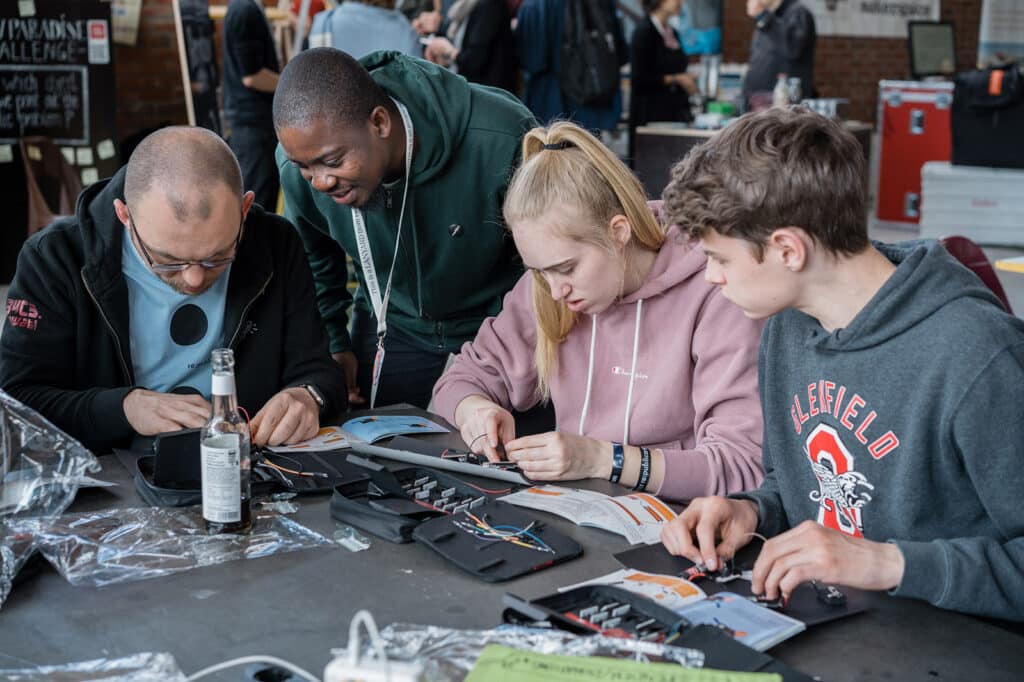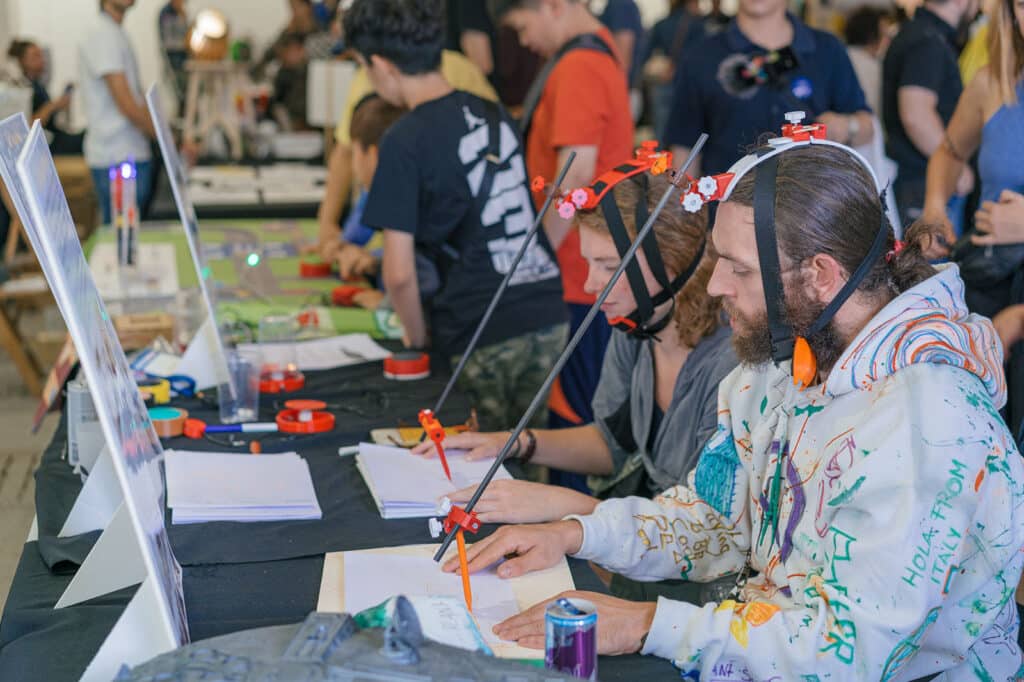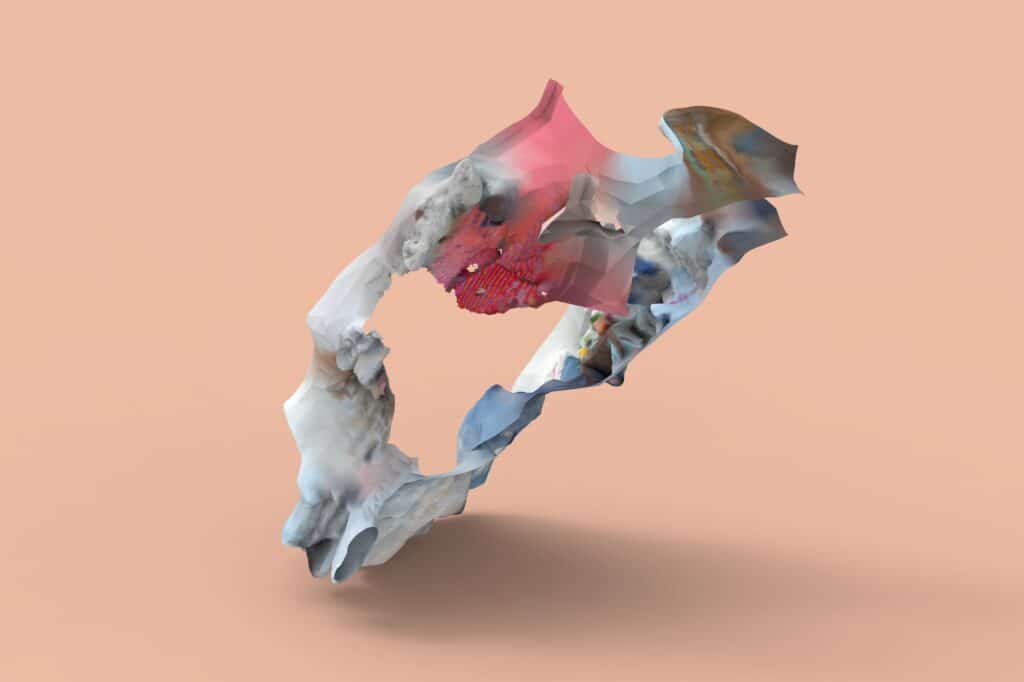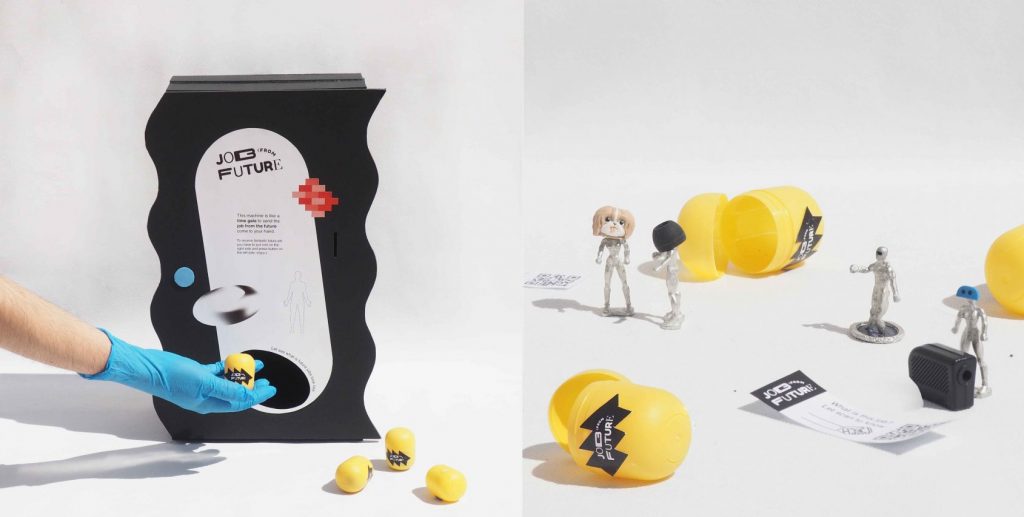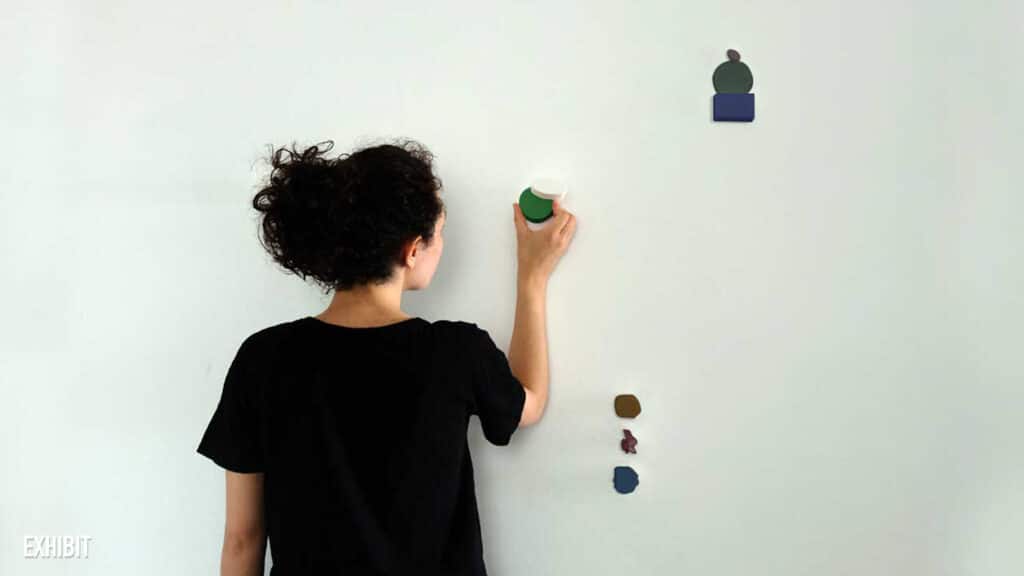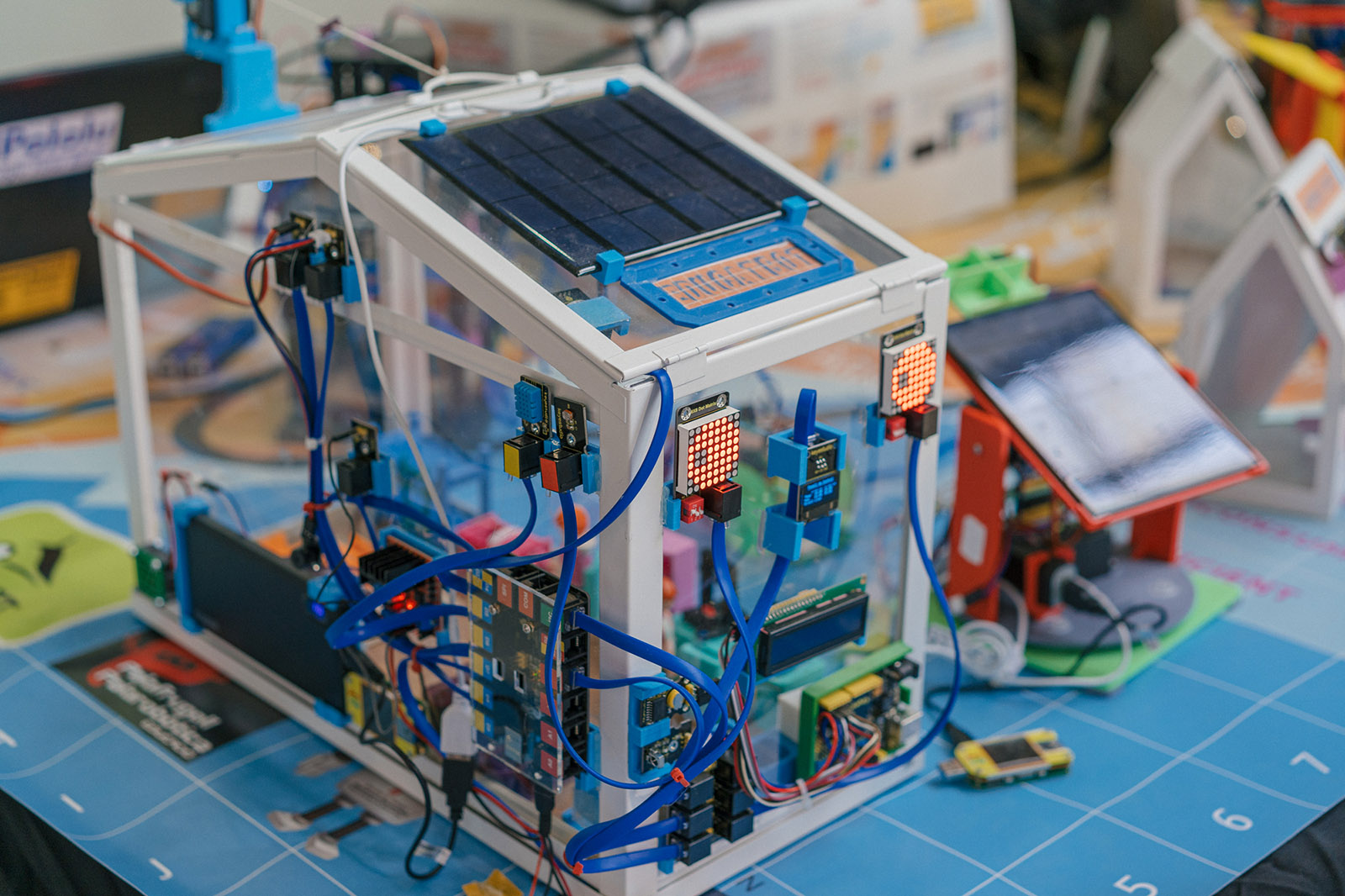
Designing Emergent Futures
New narratives and methods of learning to construct better futures
Design can give us the power to shape the environment and the imagination to create a desired reality. We need technology and leaders with the skills to enable it.
It has been suggested that humans have become the most important geologic agents on planet Earth; more profoundly destructive than volcanoes, earthquakes or hurricanes. By controlling certain natural systems, we have changed global interactions, producing unanticipated consequences in climate, ecosystems and infrastructure.
What are emergent futures?
Designing emergent futures is not about looking for moonshots or massive solutions. Instead, it proposes the creation of learning environments to experiment and speculate with new narratives around desired futures. It calls for the design of small-scale interventions to approach large-scale challenges; to dissolve wicked problems at multiple scales, instead of solving them with single solutions.
Today, the biosphere, financial markets, family structures and business models in product development – not forgetting society in general – are being challenged in one of the most important transition periods of human history. While the industrial revolution produced innumerable benefits to society, we are now confronted with a plethora of complex and interconnected problems that challenge our productive model: climate change, social disenfranchisement and the centralisation of wealth and power. The moment is now for us to formulate new questions for technology and to redefine its role in society, to create promising and viable emergent futures for humanity to thrive, not just survive.
The industrial revolution
Our economic, environmental and social paradigms are challenging the status quo of a 200-year-old industrial society. The role of design has changed significantly during this last quarter of a century. In medieval villages, the artisans who used to work and live in the same place saw how machines dramatically transformed production processes, hence the design practice itself. It took some time to digest the influence of industrial production on design. Around a century later, within the industrial revolution, the Bauhaus revolutionised the relation between arts, design, industry and society. We have since celebrated 100 years of the single most influential modernist art school of the 20th century. Not just a school, it was a movement in which the arts, design, expression, architecture and performance met industry and technology.
Digitisation
The beginning of the 20th century brought fundamental transformations, which can help to understand how we live today. We saw the birth of wireless communications, oil as a source of energy and raw materials, automation as a production process, and many new forms of organising our economy and society. Every moment of convergence in technology and socioeconomic systemic change is built out of historical transformations that took place centuries ago. Most recently, these are taking place in even shorter periods of time. Decades become years, years become months; change is happening rapidly, yet operates paradoxically inside the previous layers of transformations.
click to tweetTechnology is the answer, but what was the question?Cedric Price
We are in a period of convergence: of technologies and of crisis. The still ongoing transformations in the industry are happening under a new production paradigm supported by advanced manufacturing. New forms of synthetic intelligence, new material science and connected systems are opening up endless opportunities to re-calibrate the negative effects of the human-centred activities on planet Earth. Some of these emergent technologies – digital fabrication, synthetic biology, artificial intelligence and blockchain, to name a few – are already disrupting the established mechanisms under which our productive model operates, and are producing massive cultural transformations in society. If the Machine Era aimed to shape the human habitat by creating interfaces with natural resources, through science and technology, the ubiquitous nature of digital technologies will demand articulation and rapid synchronisation of systems at different scales, both biological and synthetic. At the same time, the emergence of such new tools and technologies is demanding us to create different outputs from the ones we already know and to design possible futures for life (human and non-human) on this planet.
click to tweetWhat has been cut apart cannot be glued back together. Abandon all hope of totality, future as well as past, you who enter the world of fluid modernityZygmunt Bauman, Liquid Modernity, 2000
The world used to be more predictable, as were the behaviour of markets, the demand for products and services, and human behaviour itself. On the contrary, today’s modern world seems to be more and more fluid, or ‘liquid’ – and our reality consists of getting to grip with what we would have called fiction, or science fiction, some years or decades ago.
A good algorithm can make you president of the most powerful country in the world. Could it be possible for anyone to become a designer with the support of algorithms or machines? What if these designs can be materialised and fabricated immediately thanks to the access to the means of production? Will distributed design make it more difficult to predict the many entangled realities being created at the same time?
Design considerations
- Context: What is the world in which we live today? Consider that is ever-changing, and all people, institutions, organisations and living beings. There are more worlds than people; we might live on one planet, but each of us creates our own world.
- Technology convergence: What are the tools shaping design? As in many times in history, we are in a massive moment of convergence, ideal to rethink fundamental questions around how we organise society and our economy.
- Access: How will access to computing power, instant global communication and production tools shape the design practice; enabling new processes of learning, innovating and creating our own reality? Wikipedia has made an entire encyclopedia obsolete (Encyclopaedia Britannica). Can we make ‘Made in China’ obsolete?
- Learning: What kind of learning environment do we want to foster in the coming years? How can we design places in which students, faculty, machines, algorithms, local impact and global collaboration become one collective effort to address the most difficult problems locally?
- Innovation: How can innovation happen as a networked process, outside labs and companies, involving as many stakeholders as possible? Innovation is not an option in a fluid, constantly changing reality. We are not talking about innovation that creates the next smartphone, but micro-innovation at a personal level, connected with peers and communities physically (local) and digitally (global).
- Design: Can design be more distributed, circular and ecosystemic? Of course it can, as long as it disconnects from the industrial paradigm of efficiency, ego and economic growth. A more holistic design approach needs to be developed; hence the need to create learning environments and spaces for convergence between cultures, narratives and philosophical understandings of the world.
- Cities: How will cities supply the demands of a growing population? Cities need to transform dramatically the way they have access to the world’s resources needed to satisfy the demands of the urban populations. We have to keep atoms in the cities – and move bits globally.
Embracing chaos
One of the challenges for designers today is how to embrace non-linear strategies in a world of complexity and chaos. The complexity of the current transition period is leading to more problems. Solutions can create even more, so problems need to be addressed from a multidisciplinary and collaborative perspective. Designing emergent futures means to de-objectify and de-colonise design, and to focus on designing interventions in the present, to create new narratives about possible, desirable futures that we cannot anticipate – but we can play with, and learn from.
Join us in Designing for Emergent Futures
Here at Fab Lab Barcelona, we have a number of ways for you to get involved in our research efforts in designing for and researching emergent futures.
From hosting workshops designed to spark discussions and ideas about ‘weak signals,’ to our Masters in Design for Emergent Futures (MDEF) program created in collaboration with Institute for Advanced Architecture of Catalonia and ELISAVA, Barcelona School of Design and Engineering, we are striving create an environment in which future thinking and future minded action are central to our research. If you have any questions about our emergent futures programs or research, or are looking to collaborate on future projects, please reach out.
The future is an idea of the past, welcome to many emergent futures.
By Tomas Diez, with contributions from James Tooze, Oscar Tomico and Mara Balestrini.
About the author
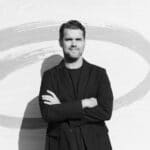
Tomas Diez
MDEF Co-Director, Strategic Advisor and IAAC Board Member
Tomas Diez Ladera is a Venezuelan Urbanist, Designer and Technologist specialising in digital fabrication and its implications for the future of cities and society. He is a founding partner and executive director of the Fab City Foundation and a member of the board of trustees of IAAC Foundation, where he is a senior researcher and tutor. He is a close collaborator of the Fab Foundation, supporting the development of the Fab Lab Network worldwide and taking a leading role in starting programs such as the Fab Academy and Fab City. He co-founded and co-designed the Smart Citizen project and the Fab Lab Network global platform fablabs.io. Tomas has co-designed and kickstarted higher degree programs such as the Master in Design for Emergent Futures (IAAC-Elisava) and the Master in Design for Distributed Innovation (Fab City-IAAC) whose he also co-directs. He is a founding partner and Executive Director of the Meaningful Design Group Bali. This novel initiative aims to intersect advanced technologies and design with alternative world views and cultures in Indonesia and South East Asia. He has been awarded as a young innovator of the year by the Catalan ICT Association and nominated by Nesta as one of the top 10 Social Innovators in Europe.
